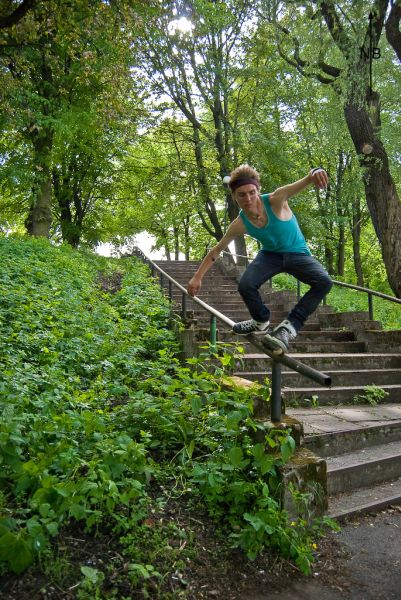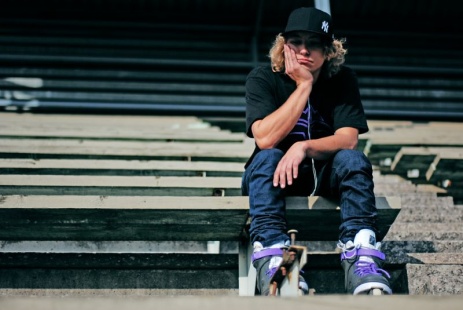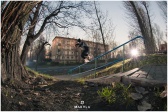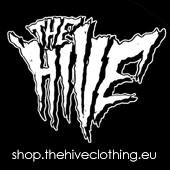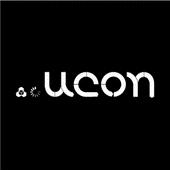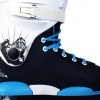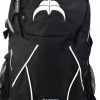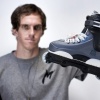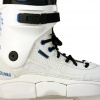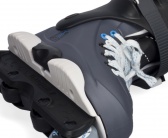1. The first news, photos or edits from Estonia which I got was from You. Had there been any other famous bladers from Estonia who managed to get to the spotlight and were known internationally? Can you recall a crucial point in your rollerblading career, which helped to promote yourself and the Estonian scene?
Can't say that there has been anyone who has managed to get into spotlight from Estonia, and I don't think I'm exactly in spotlight either. However there where a couple of bladers before me who managed to get good places in competitions outside Estonia – Bianca Rannaväli got 3rd (1999) and 2nd(2000) place at ASA European Vert Finals in the girls’ category and Bert Nool won the SRSC Stockholm competition in 2003, for example.
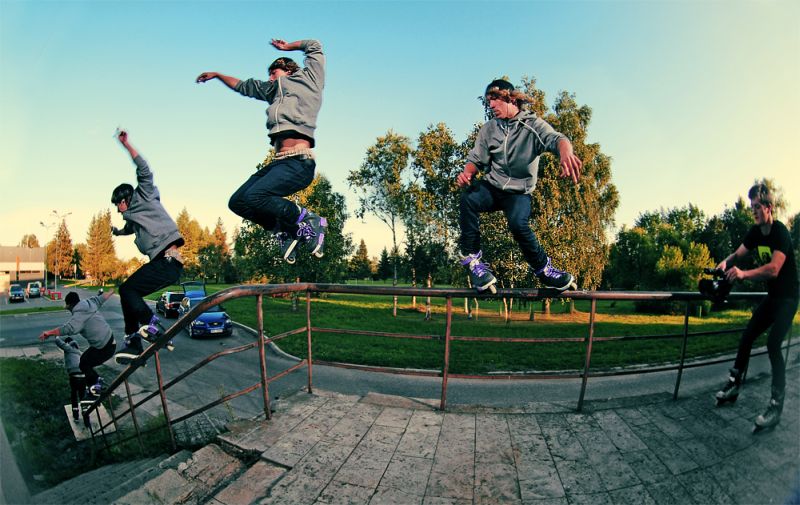
Mats-Kaarel Ruus - Bs Farf to Fs Farf, photo: Jānis Zālītis
As for the crucial point in my rollerblading career, it would probably be winning the Finnish Championship in 2005. From that point onward a lot of new doors did open and thanks to that I have gotten the opportunity to promote myself as well the whole Estonian scene.
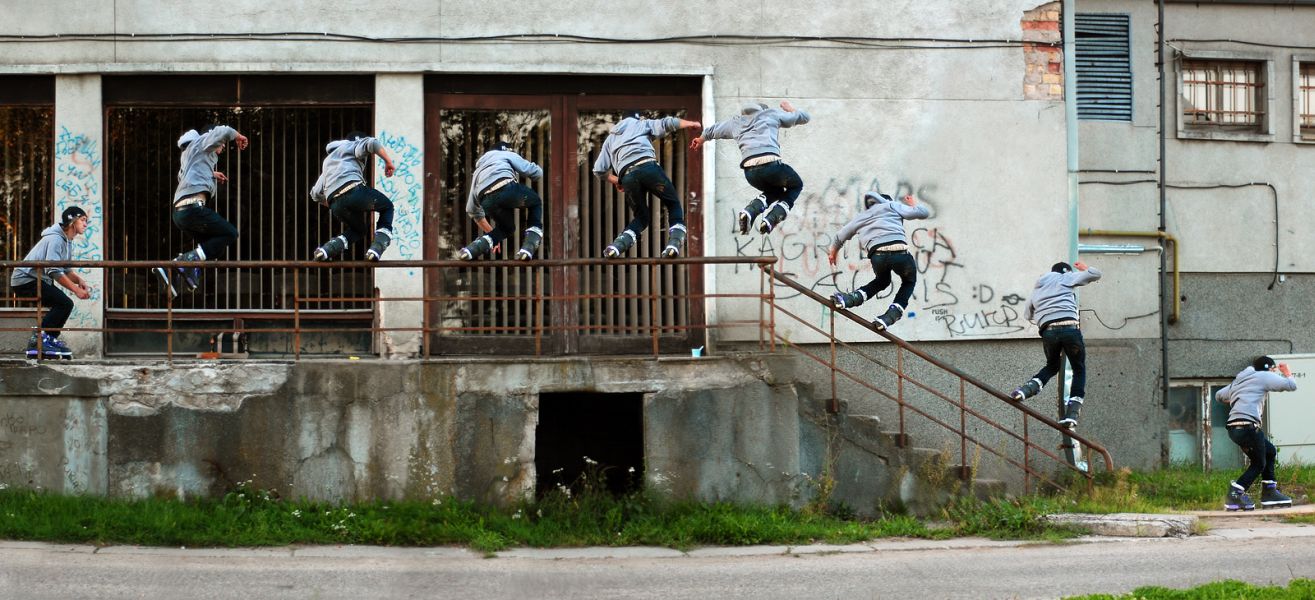
Mats-Kaarel Ruus - Bs Farf to Fs Farf, photo: Jānis Zālītis
2. In your photos and edits we can often see spots from Latvia, and at the same time Latvian skaters are frequently visiting your country. Do you try to co-operate somehow? Are Latvian and Estonian scenes tightly close?
We are just inviting skaters from nearby countries (Latvia, Lithuania, Finland) to events that we are organizing, right now that's it. Though a few years back we did have a project to build up a pan-Baltic rollerblading community - www.balticrolling.info , to avoid competitions being held on the same date and to bring the scenes closer together, but it didn't work out.
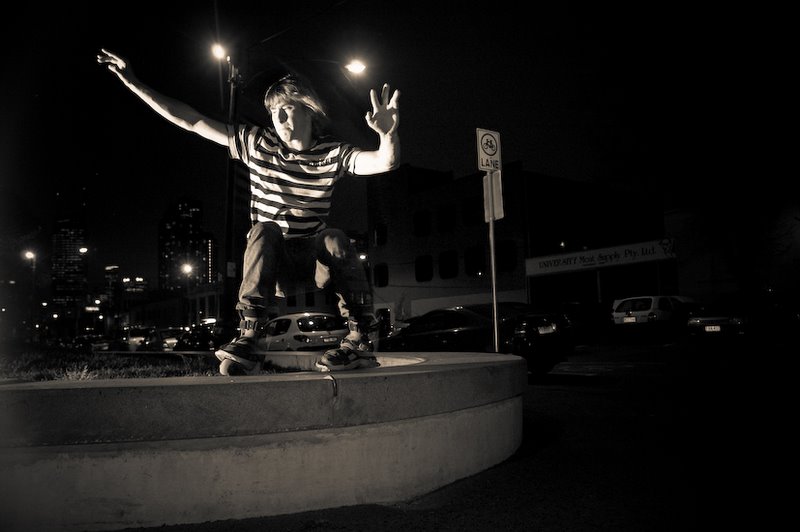
3. What can an average rollerblader expect from Estonia when planning a trip there? Where should they start and what places are worth checking out?
Visiting Estonia, you should start by checking the community site – www.etrk.ee , to find people who can show you around. After that the capital Tallinn would be a good start. Tallinn has the biggest scene and also all kind of different street spots, as well more than a few skate parks. Also, Pärnu and Tartu are worth visiting – Pärnu is the “summer capital” of Estonia, has a beautiful beach and some really cool spots where I always enjoy skating. Tartu can be called the handrail capital of Estonia, you can find so many different rails there, it's amazing, and what makes it even more interesting is that its kind of unexplored even by Estonian skaters.
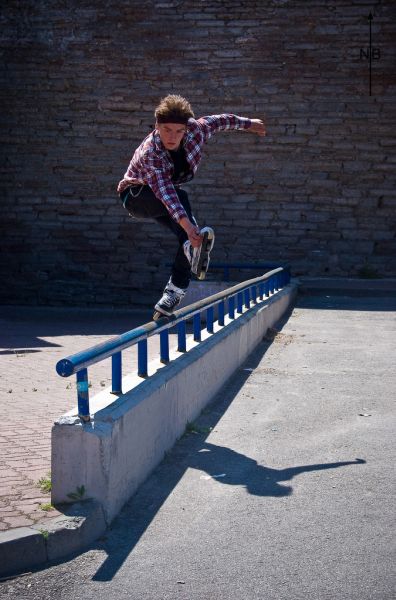 Evert Lubja - Rocket Fishbrain, Photo: Bert Nool
Evert Lubja - Rocket Fishbrain, Photo: Bert Nool
4. What is the biggest advantage and disadvantage in the life of Estonian rollerblader?
The biggest advantage is probably that there are a lot of skate parks in Estonia, for example there is an indoor skate park in every major city.
The biggest disadvantage is that there is no rollerblading store in Estonia. Having a store would help kids getting into the sport and so help the scene to grow.

Indrek Uibo - Ao Porn to topsoul, photo: Bert Nool
5. What about indoor facilities? Do you have places to skate during winter?
Yes, there is an indoor skatepark in every major city (see question 4). There has been at least one in Tallinn since I started skating, though I think we need a lot bigger skatehall here. Thankfully it is quite likely that we will get one for next winter.
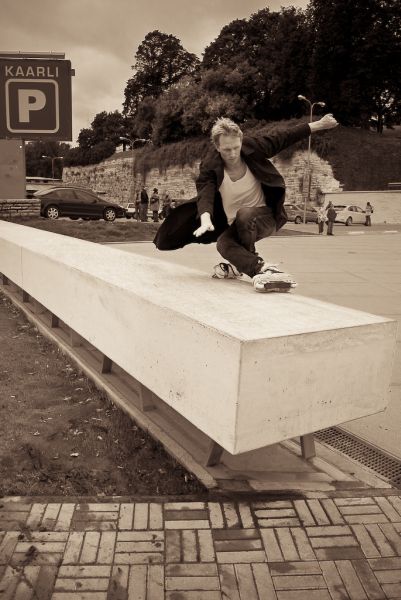
Kevin Villem - Unity, photo: Bert Nool
6. What was the beginning of the Estonian inline scene like, how many generations of bladers are there in your country?
The beginning of the Estonian inline scene dates back to 1996-1997, around then the first miniramp was built at the Tallinn Song Festival Grounds. The first major competition, Lion Extreme, was held in the same place in 1998 followed by sequel in 1999. In 2000 the first Pepsi Streets Challenge took place in Tartu, which was renamed Simpel Session a year later, and which has grown to one of the biggest skateboarding and bmx competitions in Europe. Thanks to that miniramp and those two competitions, Estonian extreme sport scene as well as rolling scene were established.
As for how many generations there are, I would say that right now the kids who start are the 5th generation of bladers. I'm from the 3rd generation.
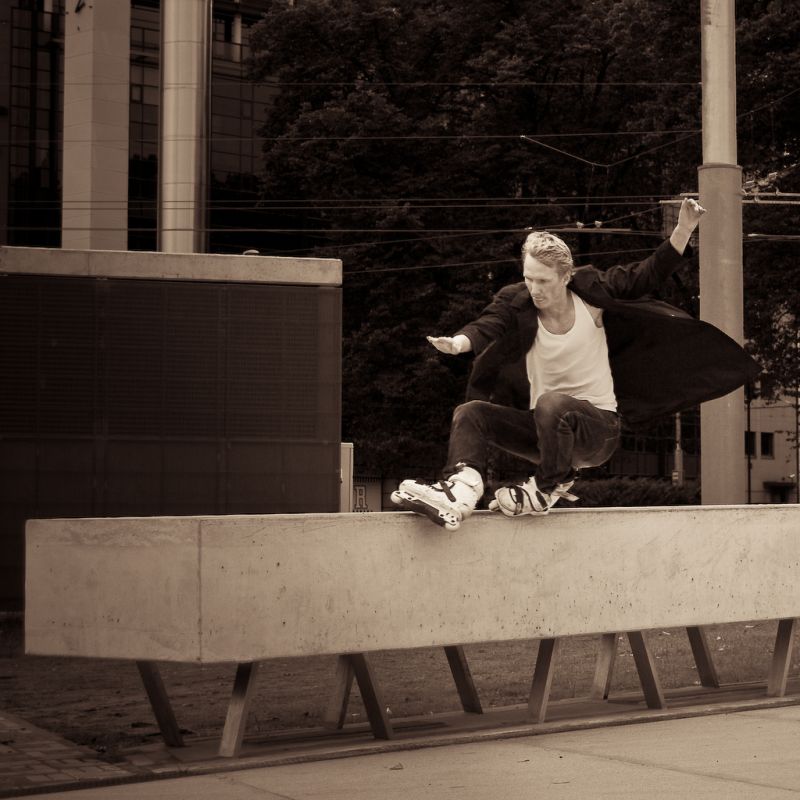 Kevin Villem - topacid, photo: Bert Nool
Kevin Villem - topacid, photo: Bert Nool
7. What can you say about the 2009 season, name a few major events, tell us about upcoming talents etc. Are there many people who get involved in rollerblading or getting back to it after a long brake?
In the beginning of 2009 we did establish NPO(non profit organization) to organize events officially and help the scene grow. Also in 2009 the first ever Estonian championships took place and will be followed by a sequel in 2010 - Estonian open aggressive inline championships 2010 will take place on the 5 June at the Tallinn Song Festival Grounds skate park, it will be 1 Star WRS event.
Of upcoming talents, I would name three names: Sander Saard, Alex Verbenko and Evert Lubja. I also want to mention Indrek Uibo, Ülari Viik and Sander Paljak who have been ripping hard for a long time already.
The scene itself is small, with maybe 100 people who are involved somehow, skating or helping organize stuff etc. At the same time there is a lot of diversity in the Estonian scene - thanks to all the names I mentioned above, you can find skaters who have a good flow, most bladers have a good style, and some are tech or creative.
I have one example about getting back to rollerblading after a long break as well. Kevin Villem, a first generation blader I used to look up to when I started, did get back into skating in the beginning of 2009.
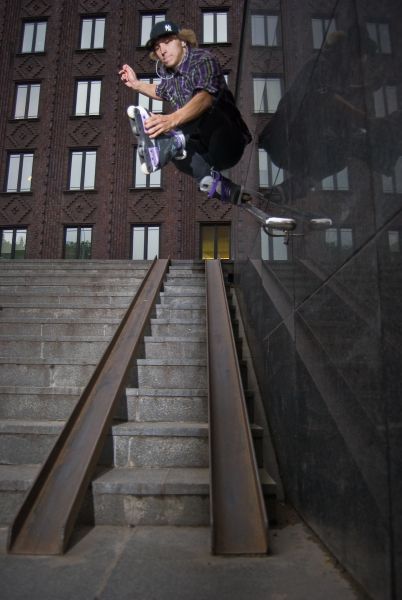
Mats-Kaarel Ruus - Rocket Fishbrain, photo: Bert Nool
8. It's rather common that different countries have some small clothing brands for local bladers. What about Estonia, is there an Estonian company with goods for bladers?
There have been a few attempts to start a local clothing brand, but it has not gotten any further than the first t-shirt line.
